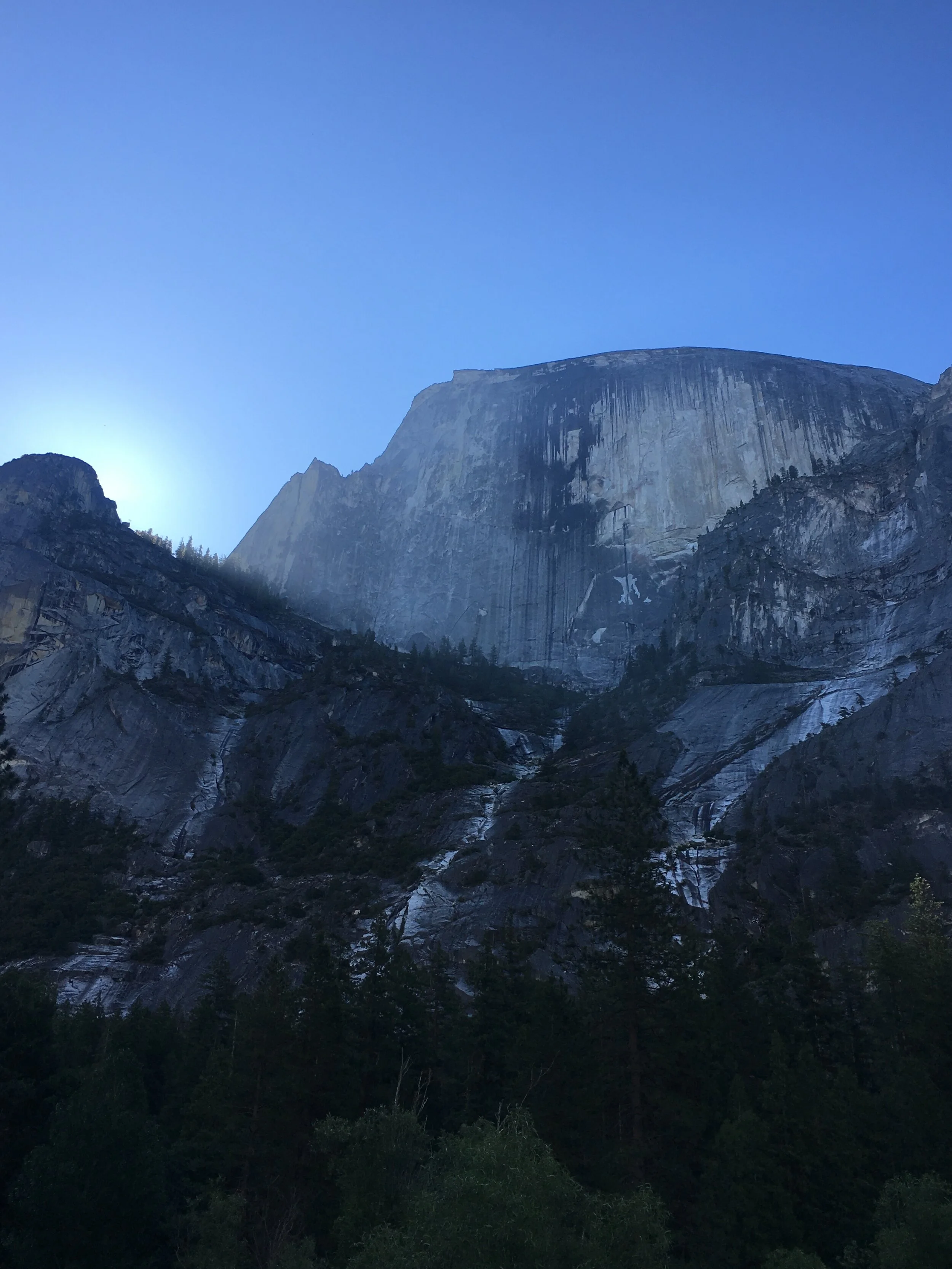The Planning of The Yosemite Trip
In June 2019 my partner and I ventured out into the wilderness and took a ten day camping trip in the Yosemite area. On this trip we conquered a number of classic hikes in the park, and learned some important lessons beginning in out planning phase of the rip. As I reflect on the trip, I would like to share some of the things I learned through the entire process of planning and, eventually, enjoying our camping adventure. This sharing will take place through a number of blog posts to break up the content into easy to read pieces.
Planning Phase
I began planning this back in 2017 as an adventure to have the following year, but due to unforeseen circumstances at work, I was unable to take the original vacation I had planned. Although this was a major disappointment, I took my original plans (which were not quite well thought out) and used them as a base for a longer, more adventure filled trip. The bulk of what I took from the original plan was the master list of hikes that I hoped to tackle in the few days I would get to spend in Yosemite, the rest of the plan was basically thrown out so that I could start from an essentially blank page.
Once I had decided which hikes would cement into my plans, I researched each one for mileage and difficulty ratings, which allowed me to paint a picture of the intensity of the trip I was planning. This step was possibly the most important part of the entire planning process, because it forced me to take time and actually assess my own physical fitness and ability to safely complete the hikes. At this point I eliminated a couple of hikes from the possible itinerary and added in a couple of gentle walks to allow for time to acclimate to the altitude of the Sierras. The final part of the hike assessment was deciding when to tackle each hike and arrange them into an order that grouped hikes in the same region together.
With the hikes scheduled it was time to pick a campground, plan meals, and create a gear checklist. The campground planning had to take into account the availability of spots in the park and their classification as “reservation only” or “first come first served,” the former being a guarantee of a spot while the latter introducing the risk of not having a base camp upon arrival to Yosemite. After much deliberation, I chose Crane Flat as my desired campground and Tamarack Flat as a backup if I was unable to score a reservation at my primary choice on the day the reservations would be available for the time I would be in the park.
The gear list and meal plan are kind of self explanatory, but are possibly the most important part of the planning because missing an essential part of gear or not having enough food could lead to injury or even death. In the gear list I included everything that I could possibly need, even the items that should be common sense like my tent. The meal planning, however, took a little more time since I planned a menu for the entire ten days of the trip then made a grocery list for each day. Once the grocery lists were complete, I compiled them into one comprehensive list that spanned every day so that one trip to the grocery store would be sufficient. Efficiency meant the least trips to the store possible so that loading and organizing the car would be as smooth as possible with very few pauses to pick up a last minute piece of gear or food.
After many hours, my trip was planned and I was satisfied with the perfect plan that covered all of the hikes I had been dreaming of conquering since adolescence. Unfortunately I did not plan for an especially harsh winter in 2018 that kept the northern reaches of Yosemite closed through June, my chosen time for my camping trip. Luckily this realization came with more than enough time to not only plan an entire backup trip, but choose a BLM campground outside of the park that would be close enough for us to still enjoy Yosemite. In addition to this last minute planning we had to decide what condition would make the trip still worth it, and what would cause us to instead take the alternate trip, in the end we decided that managing to get the Half Dome Cables permits was enough incentive to move forward with the slightly altered plans.


